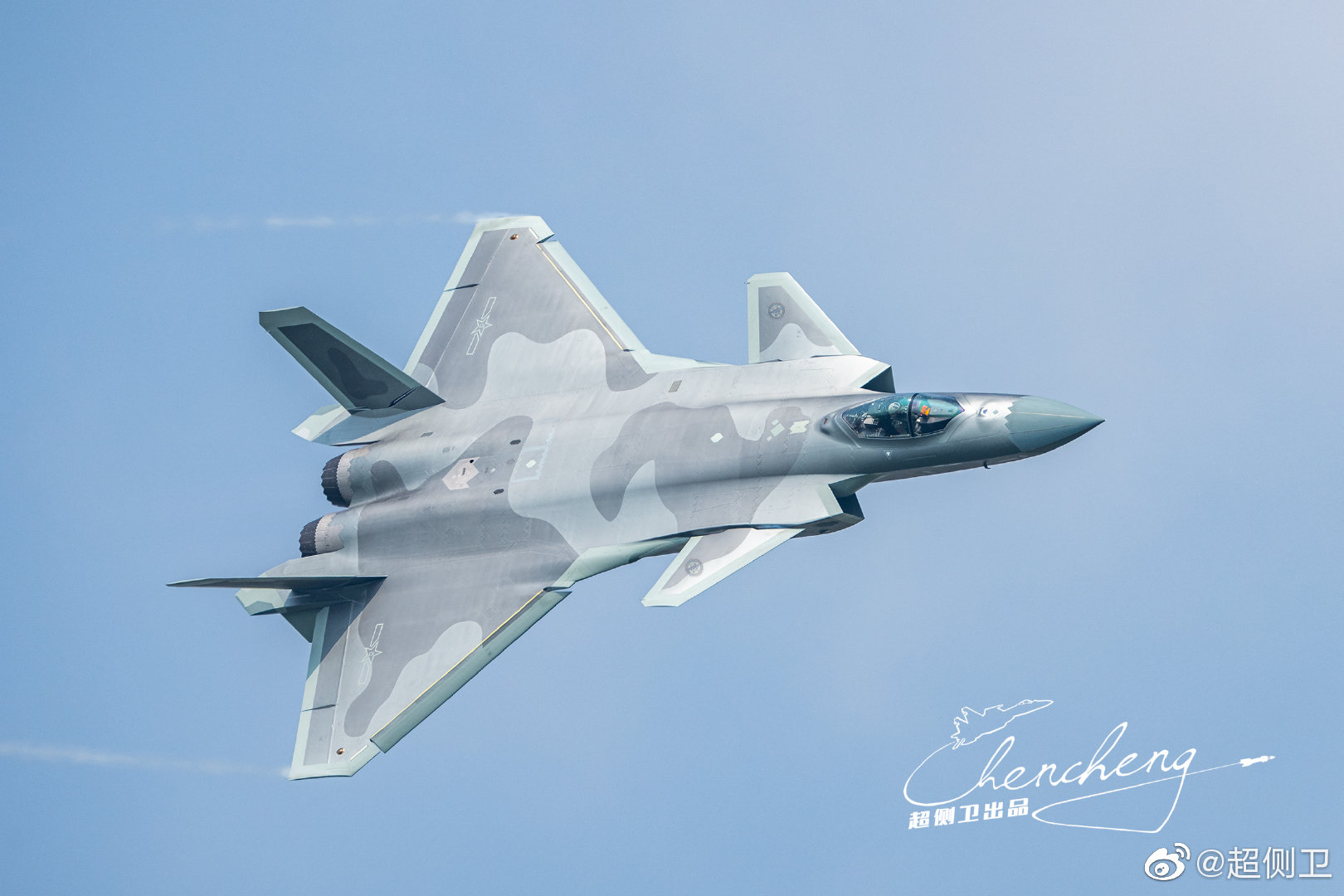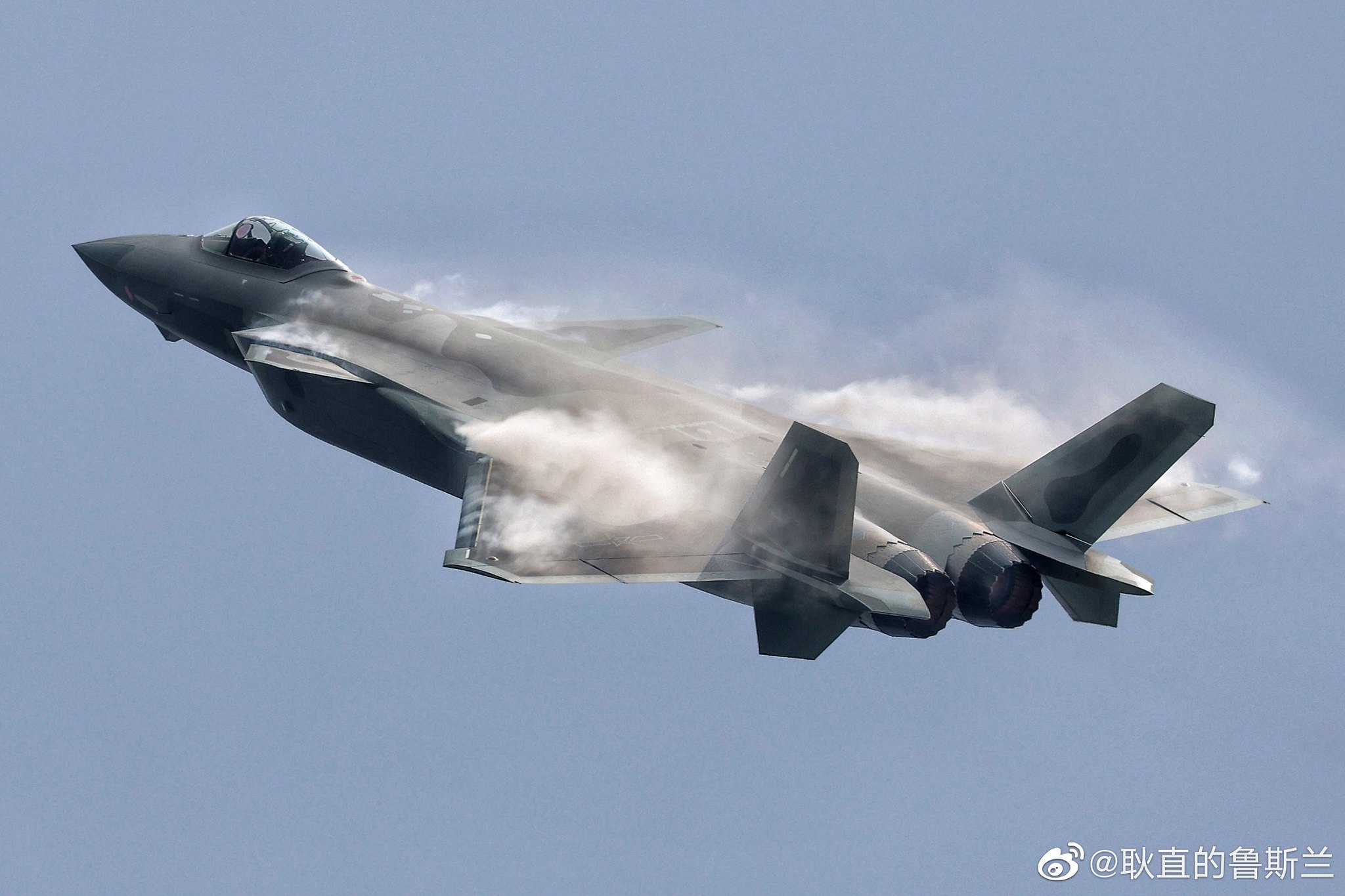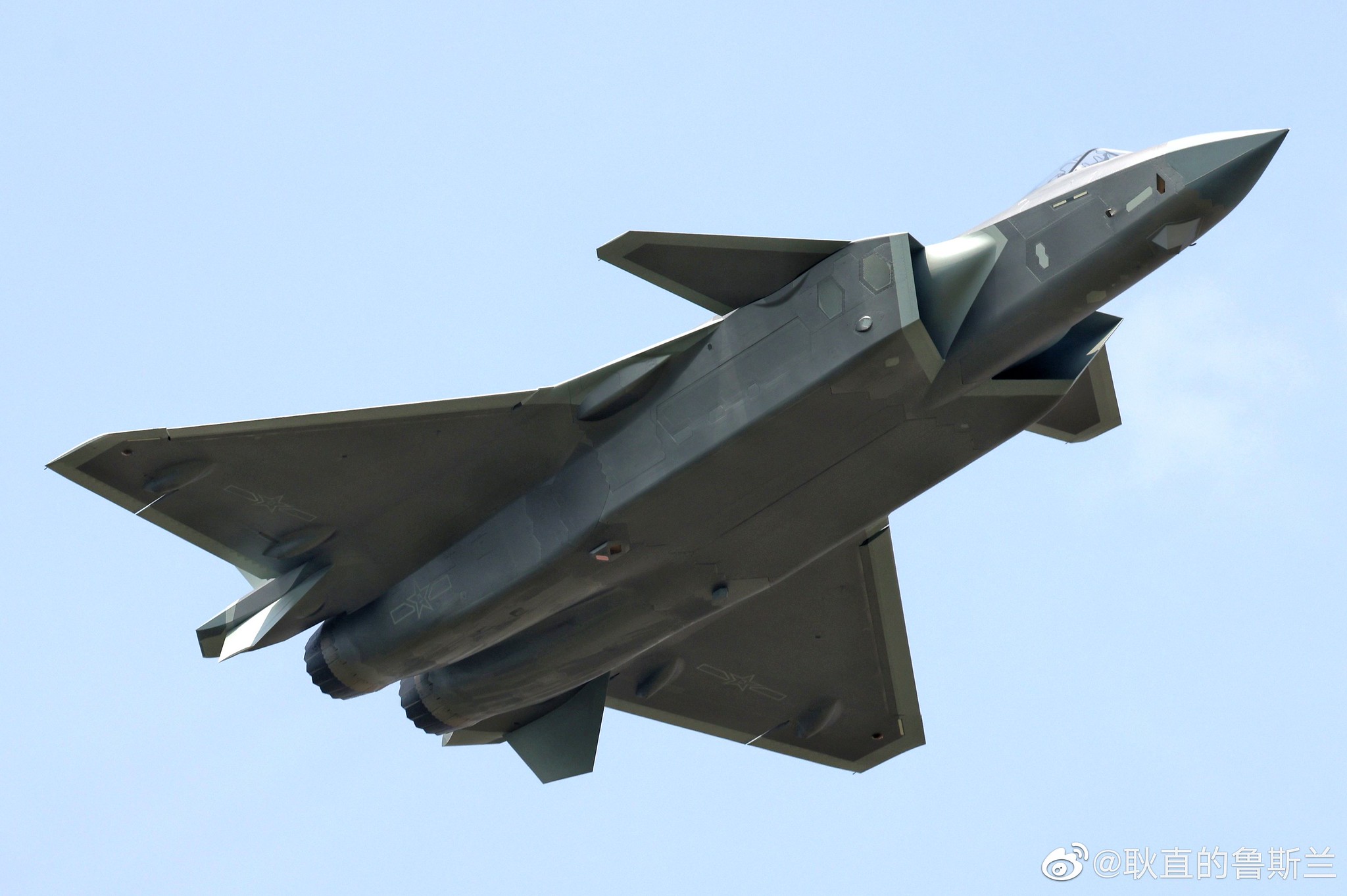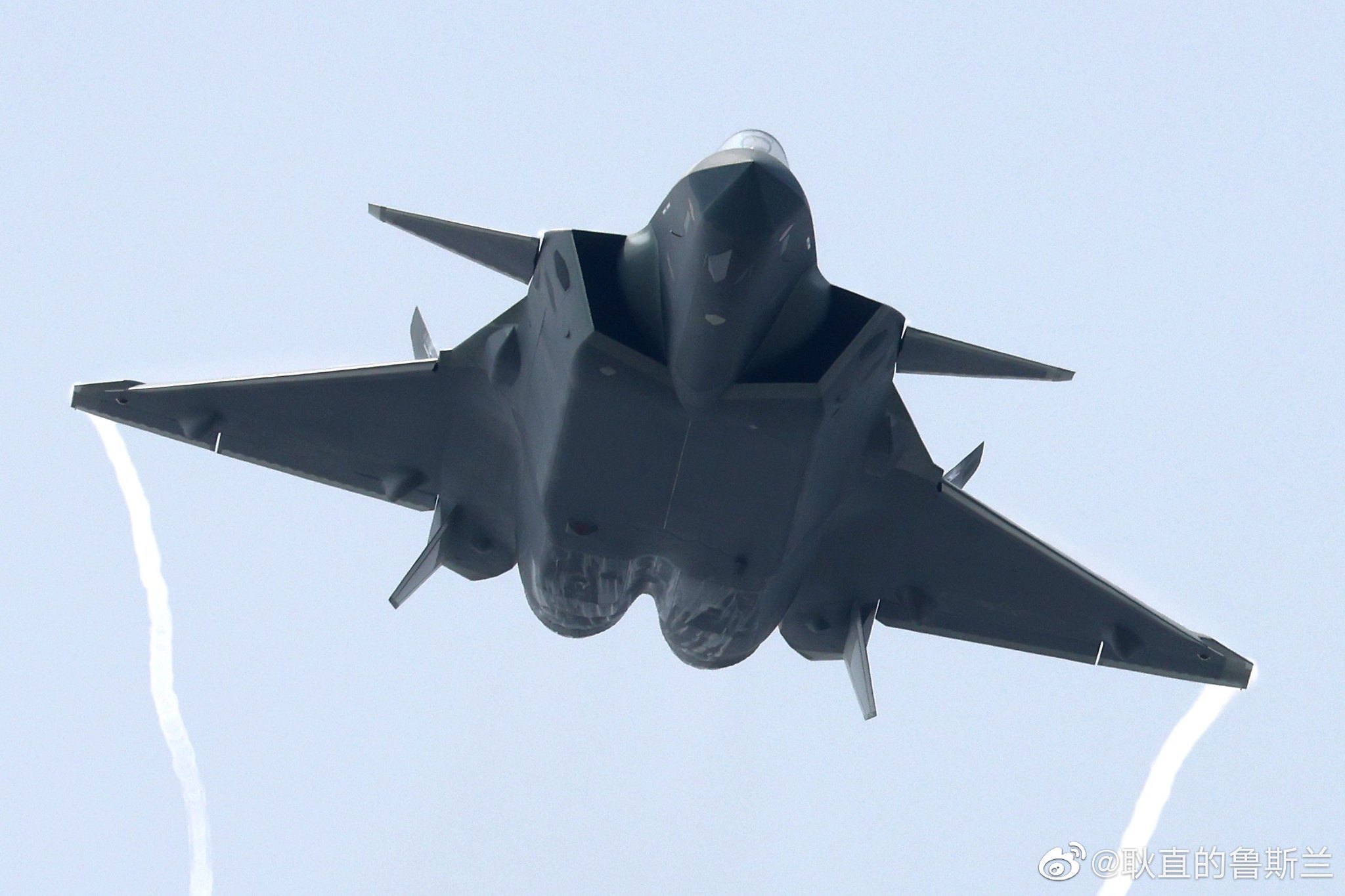You want to see smoke? Check out a kerolox gas generator rocket engine.Even when the J-20 gets WS-15 it will probably still be smokey.
Smoke is just a fact of life I guess. Hoping all jets will use smokeless plasma thrusters before I kick the bucket.
It's certain that the WS-15 (and any engine that works by combusting kerosene) will be transiently smokey in certain flight regimes. Hydrocarbon chains at high temperatures in oxygen poor conditions form polymers, just a fact of life.
On another note, it's strange how perceptions change over time. When I first saw the J-------20, I thought "why is that plane so long?" Now that I see the F-22 again, I think "why is that plane so stubby?"















